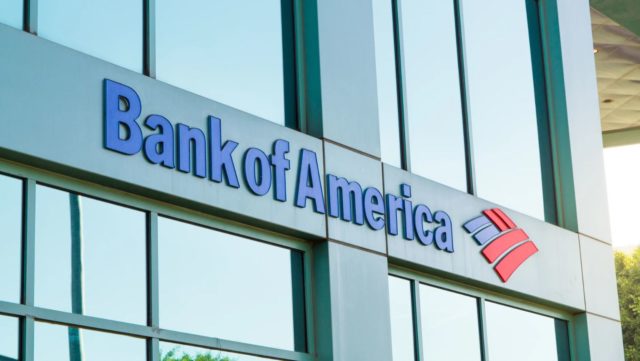Bank of America’s acquisition of Merrill Lynch, announced in September 2008, was one of the most critical moments during that year’s global financial crisis. Valued at approximately 50 billion dollars, this transaction involved the merger of two of the world’s largest financial institutions and took place at a time of extreme chaos in the global markets.
Context of the 2008 crisis
The 2008 financial crisis was triggered by the real estate bubble in the United States, which resulted in the collapse of large institutions due to the granting of subprime loans and the sharp fall in real estate prices. As defaults grew and assets related to the real estate market became toxic, banks and brokerage firms, such as Merrill Lynch, suffered colossal losses. The collapse of Lehman Brothers in September 2008 marked a critical point in the crisis, and tensions in the global banking system intensified.
In this context, many companies faced severe liquidity difficulties, with Merrill Lynch, one of Wall Street’s most iconic investment banks, suffering immense losses due to its high exposure to the subprime credit market. The company’s situation was so critical that the acquisition by Bank of America was seen as a solution to prevent its collapse.
The Merrill Lynch acquisition
In September 2008, Bank of America took the decision to acquire Merrill Lynch in a deal that became a symbol of the restructuring of the financial sector during the crisis. With Merrill Lynch on the verge of collapse, this purchase was a strategic move to strengthen Bank of America and expand its operations in the wealth management and investment services segment.
Merrill Lynch was known for its strong presence in capital markets and asset management, and Bank of America saw the merger as an opportunity to diversify its operations and significantly expand its client base. The acquisition also helped stabilize Merrill Lynch, which was facing massive losses and possible bankruptcy, and contributed to the confidence of the market, which was extremely shaken by the collapse of other institutions.
Impact and Significance of the Acquisition
Bank of America’s purchase of Merrill Lynch had a profound impact on the financial sector. The merger not only saved one of Wall Street’s most recognizable brands, but also diversified Bank of America’s business, which became more active in areas such as brokerage, investments and wealth management.
With the acquisition, Bank of America strengthened its global position in the financial sector, becoming one of the largest asset management banks in the world. The integration of Merrill Lynch’s investment operations allowed the bank to offer an even wider range of services to its clients, increasing its presence in international markets and consolidating its position as one of the largest global financial institutions.
In addition, the acquisition was seen as a crucial step in the attempt to stabilize the financial system, which was deeply shaken by the crisis. By absorbing Merrill Lynch, Bank of America not only protected its own interests, but also helped prevent an even greater collapse in the banking sector.
Long-term consequences
Although the acquisition strengthened Bank of America in the long term, the integration process was not easy. In the years following the merger, the bank faced significant challenges, including legal disputes and regulatory issues linked to the toxic assets that Merrill Lynch carried. However, by overcoming these obstacles, Bank of America was able to consolidate its position as one of the global leaders in wealth and investment management.
Bank of America’s acquisition of Merrill Lynch in 2008 was one of the most decisive moments of the global financial crisis. The transaction not only saved Merrill Lynch from bankruptcy, but also strengthened Bank of America’s position in the global financial market. This merger exemplifies how large financial institutions can use strategic mergers to overcome times of crisis, protect their operations and, at the same time, maintain market confidence.

